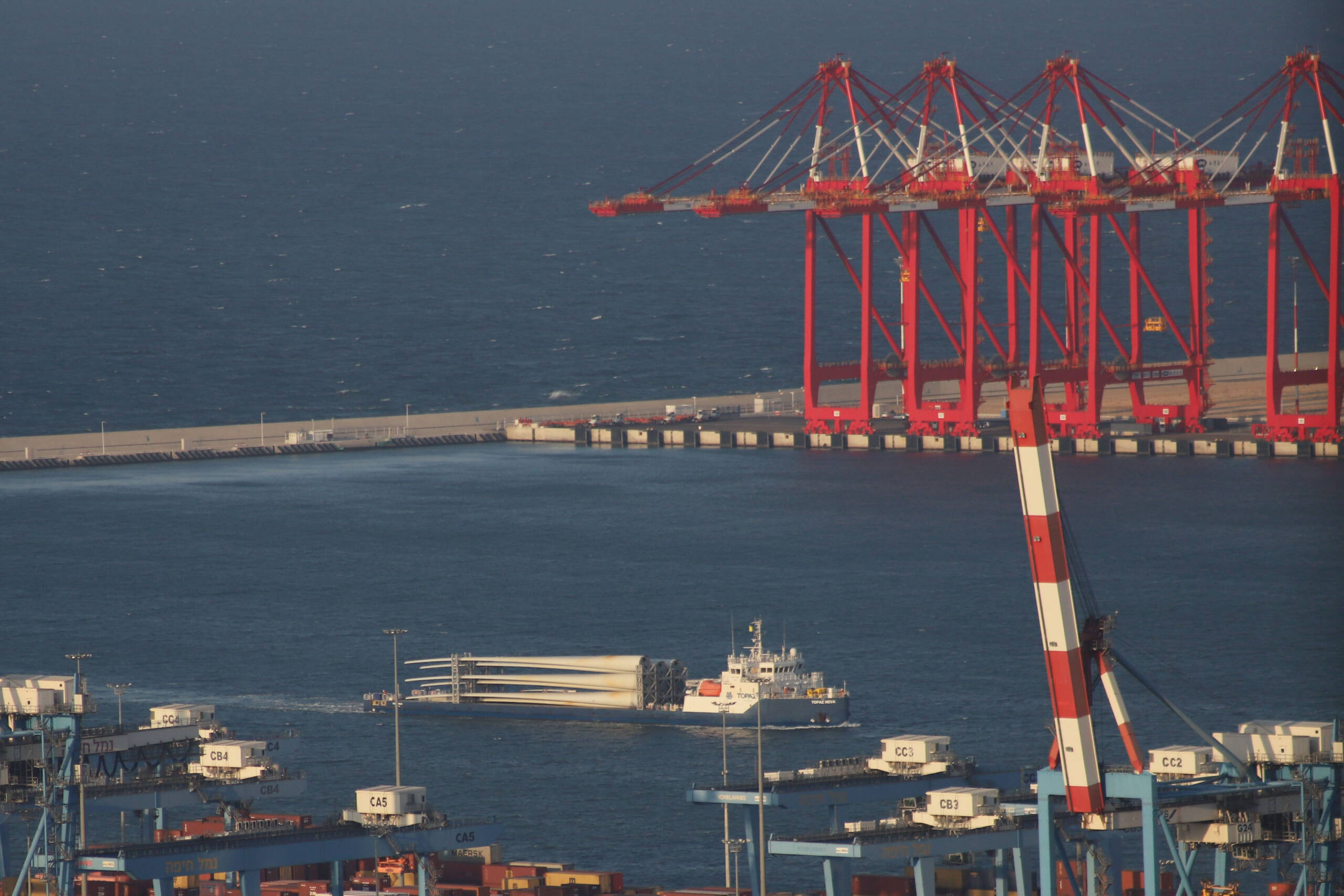Transporting wind turbine blades is a complex logistical challenge due to their immense size and delicate construction. As these massive components continue to grow in length—some blades now exceeding 100 meters—getting them from the factory floor to wind farms across the globe requires specialized equipment, meticulous planning, and precise coordination. This process is critical in ensuring the successful deployment of wind energy, one of the fastest-growing renewable energy sources worldwide. Engineers consider transportability during the design phase of the blades, ensuring they are not only aerodynamic and lightweight but also durable enough to withstand the stress of long journeys. Manufacturers have to strike a balance between strength and flexibility, designing blades that can handle extreme weather conditions in the field but also remain stable while being moved across various terrains.
On land, transporting wind turbine blades is a highly technical operation. Specialized trailers, extendable to accommodate the full length of the blades, are used to carry these massive structures along highways and roads. These trailers come equipped with hydraulic systems that allow the blades to be raised or lowered to navigate obstacles such as bridges or tight corners. The routes for transporting these blades are planned well in advance, often months ahead, to minimize disruptions and ensure that local infrastructure can handle the weight and length of the cargo. Special permits are required, and pilot cars, along with police escorts, frequently accompany the transport to maintain safety and control. Negotiating tight urban areas, sharp turns, or winding rural roads is an art form in itself, requiring highly skilled drivers who can maneuver these giant blades at slow speeds without risking damage to either the blades or the surrounding infrastructure.
Sea transport is another crucial method for moving wind turbine blades, especially for international destinations or long distances. Specialized cargo vessels are designed to accommodate the extraordinary length of the blades, which can be laid out horizontally on the ship’s deck. Securing the blades is a meticulous process, as even minor movement during the voyage could cause damage that compromises the integrity of the blade. They are fastened using padded racks, minimizing vibration and external pressure from sea conditions. The shipping routes are meticulously planned to avoid rough seas and storms, which could delay the journey or even endanger the cargo. Modern vessels are often equipped with stabilization systems to reduce the risks posed by turbulent weather.

Dominating the middle of the image, a vessel is transporting massive wind turbine blades, which are securely laid out horizontally on its deck. These elongated blades, likely destined for a wind farm, stretch dramatically against the background of calm ocean waters. The ship appears small in comparison to the scale of the turbines, emphasizing the immense size of these renewable energy components.
While exceedingly rare, air transport for wind turbine blades has been used in urgent situations where timing is critical and no other method is feasible. In these cases, massive cargo planes like the Antonov An-124 or Boeing Dreamlifter have been employed, but the costs and logistical complexities involved make air transport highly impractical for regular use. It remains a niche solution for very specific scenarios, typically involving smaller components rather than full turbine blades.
Once the blades arrive at their destination, the final leg of the journey involves transporting them to wind farm locations, which are often in remote areas with limited infrastructure. Temporary roads may need to be built, or existing ones modified to allow the blades to reach the installation site. At the site, cranes lift the blades into position on the turbine tower, ready for assembly. This final stage requires just as much precision as the transportation process itself, as any damage to the blade during installation could impact its performance.
As the size of wind turbine blades continues to grow, new technologies are emerging to make transportation easier and more efficient. Modular blades that can be transported in sections and assembled on-site are a promising innovation. This method would reduce the logistical challenges of moving entire blades over long distances, making it easier to fit them into standard shipping containers and greatly reducing transportation costs. Such advancements are likely to become more common as wind energy infrastructure continues to expand globally, and as turbine blades grow in size to capture more energy from the wind.
The process of transporting wind turbine blades may not always be visible, but it plays a crucial role in building the clean energy systems of the future. Each blade, after traveling thousands of miles across land and sea, becomes a vital part of a wind farm, generating renewable energy for years to come.
Leave a Reply